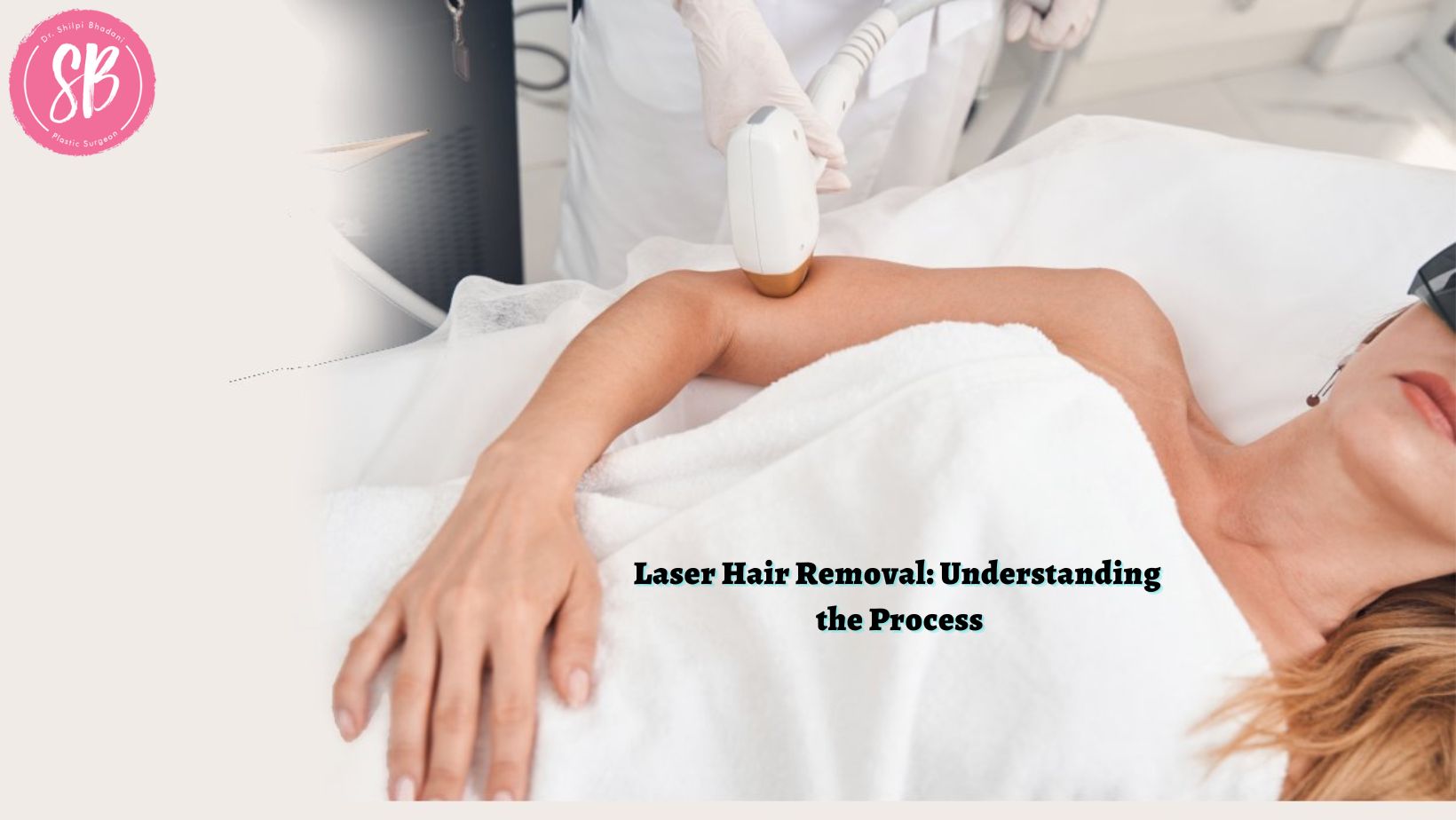Unwaxed or unshaven legs and arms may prevent one from wearing their favorite outfit. Although they take a lot of time, these two are among the most common hair removal techniques. For waxing, the hair must be removed once or twice a month, whereas shaving is done at least once a week. Who has time for that these days?
The experts from SB Aesthetics, the best laser hair removal clinic in Gurgaon, explain that it reduces hair growth to the extent that it is not even visible anymore with the help of laser lights. The most common areas for laser hair removal are the legs, armpits, thighs, underarms, back, bikini line, chest, hands, face, and pubic area.
What is the Mechanism for Laser Light Treatment?
The laser light is used to focus on the pigments in the hair. A specific laser has a preference for a few colors, which it can target and convert to heat energy to kill the hair follicle. This is referred to as the selective photothermolysis process, a characteristic of all laser light. Hence, the laser light used for laser hair reduction will target black or brown hair and burn the roots to prevent further hair growth. The growth phase, also known as the “anagen phase,” is the greatest time to focus on the hair. When hair roots are targeted during this period, the hair follicle's growth is permanently reduced.
Procedure preparation
For the laser light to efficiently target the roots of the hair, the area to be laser-treated for hair removal is first shaved to remove the layer of extra hair on the skin. A further benefit of the chill tip devices is that they cool the skin while the laser light is emitted. After cooling the skin, a coupling gel is applied.
Laser Hair Removal Process
The laser treatment's light energy targets the hair follicles' melanin at its highest level during the hair's growth period. Burning occurs to the hair that is still in the follicles. These hairs gradually fall out in about a week, and growth is compromised.
Laser Hair Removal Recovery
The skin appears red and puffy for a few hours following the laser treatment before returning to normal. After laser treatment, sun exposure must always be avoided because the skin is still sensitive and may become darker. After receiving laser therapy, a scab may occasionally form and disappear in approximately a week.
Results of Laser Hair Removal
One may observe new hair growth 7–10 days after undergoing laser hair removal treatment. These hairs undergo exfoliation before falling out in a few days. Yet, some growth that doesn't come off may be seen; these are hair follicles that were in the resting phase of growth and have now switched to the active phase. In the sessions that follow, these should be a focus.
Depending on factors including hair type, skin type, causes of hair growth, and the time between cycles, different people require varying treatments. Nonetheless, it is reasonable to predict that 6–8 sessions would be sufficient to successfully treat an area for long-term hair reduction. This is especially crucial in individuals with PCOD or PCOS, where the hormones are out of balance and concomitant treatment of the underlying disease improves outcomes. Speaking with an endocrinologist before beginning laser hair removal for PCOS is crucial.
If one wants laser hair removal, one may visit Dr. Shilpi Bhadani at SB Aesthetics, the best laser hair removal clinic in Gurgaon.







